What Were Some of the Artistic Goals of African American Artists During the Black Arts Movement?
In the low-cal of the recent emergence (or rather, enactment) of a novel social contract called "post-identity", seen as a way of recognizing the value and potential of cultural diversity, we are going to talk about The Black Arts Motility, 1 of the virtually influential art groups from the 20th century.
Equally role of a greater ideological movement chosen the Black Ability, the African-American artists, poets, speakers, musicians and activists were joined in the wish to ascertain the identity of Black people in America, and to resurge the Blackness Aesthetic, as informed past the African tradition and the more recently established ideology influenced by the then-contemporary American life.
But before we proceed discussing the general atmosphere that the men and women of African descent had experienced in the sixty's, we must briefly touch on upon the history of Blackness people in America, which will help explain the immense historical importance of the Black Arts Movement.

The Historical Context
Back in the 17th century, the American slave holders tried to distance the enslaved black people from their African heritage and tradition in gild to secure their own authoritative positions and to maintain power. The suppression of collective identity was seen as 1 of the nigh efficient ways of control, and and so it was vastly exercised at that time.
Furthermore, and mostly due to similar reasons, the African-Americans had either limited rights or no right at all to get educated properly. However, despite all this, the restrictions didn't make the slaves forget virtually African culture.
On the contrary, they rendered the overlap of two cultures, the African and the American, all the more accurate. For African-American slaves, storytelling became a fashion of passing on the tradition and knowledge, which eventually gave nascence to oral culture as an idiosyncracy that characterized Black tradition, and remains nowadays as a meaning motive to this twenty-four hours[ane].
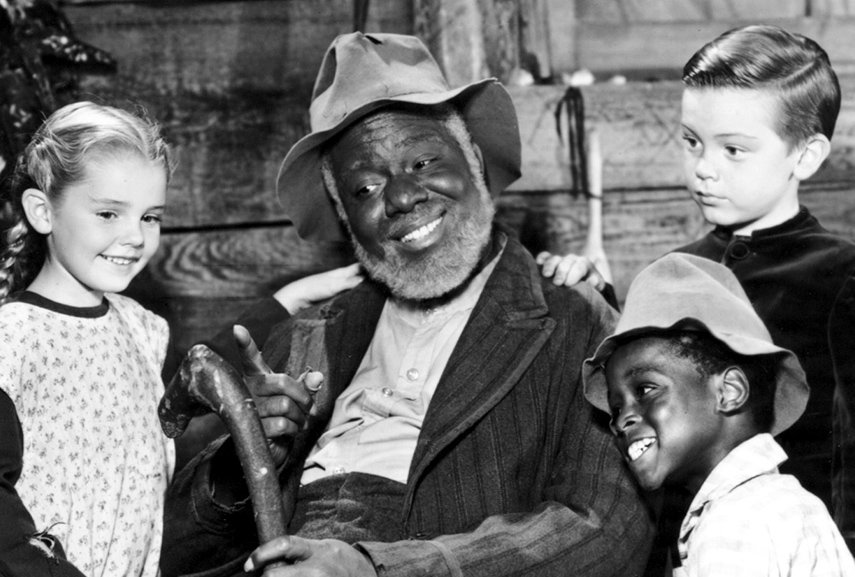
The Power of Words
The potency of the spoken word is what inspired generations of blackness people to appoint in arts and to express themselves through performance, verse and voice communication. Information technology might fifty-fifty exist said that the express options that the enslaved Black people had in the by helped them develop certain verbal and creative skills and master them.
Information technology is not a coincidence that both in the 1920's and the 1960's two meaning Black cultural movements emerged mostly with assist from language, interactive operation and verbal expression. Still, it should be noted that fifty-fifty though simply 2 specific groups were formally articulated into actual cultural movements, the oral tradition was present throughout the past centuries and it can exist seen equally an important part of the Black civilisation in full general, regardless of whatsoever particular historical context. Verbal and vocal interaction was (and to a certain extent, remains) both a tool and a symbol of Black people in America.
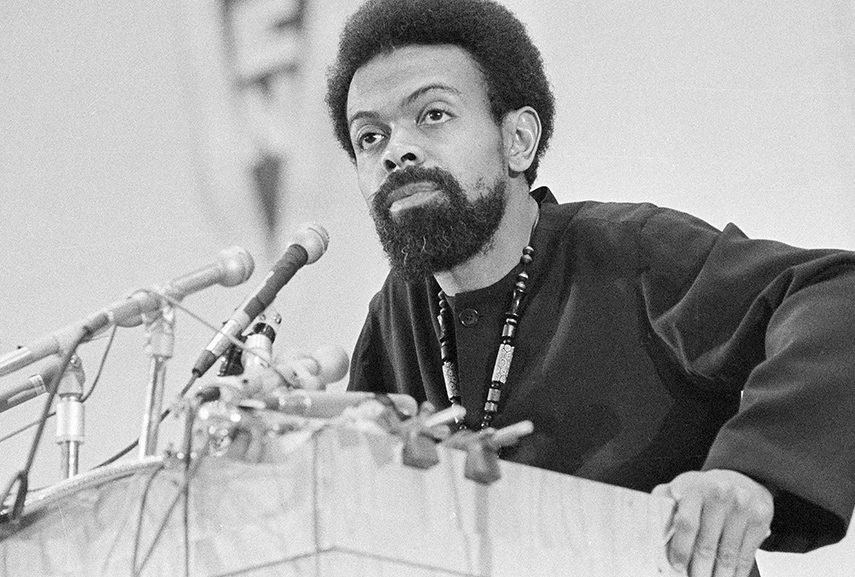
Blackness Fine art - The Renaissance
The showtime of the two aforesaid movements, Harlem Renaissance from the 1920's, was an important step in the fashion towards cultural recognition and independence, having introduced jazz, blues and swing to the American pop culture. It was too a period in which Black literature was officially being published, although the poets were by and large "on the leash of white patrons and publishing houses".
Thus, the emergence of the 2nd Black renaissance seemed inevitable, and the 1960's finally saw the rise of such movement. Many would concur that the bump-off of Malcolm 10, the African-American human rights leader (albeit a quite controversial activist), was the key indicate in the sequence of events that led up to the inauguration of the movement.
Nevertheless, it is very likely that this kind of organization would have taken place either fashion, since the atmosphere induced past the Civil Rights Motion, protest poetry and socially engaged Blackness literature was already pro-revolutionary by itself.
The Black Arts Motion
In March of 1965, less than a calendar month later on the death of Malcolm 10, a praised African American poet LeRoi Jones (better known as Imamu Amiri Baraka) moved away from his home in Manhattan to get-go something new in Harlem. This upshot, as symbolic in a geo-political context and for Baraka personally, is remarked as the moment in which the motility was born.
Before long afterwards that, Jones founded the Black Arts Repertory Theatre / Schoolhouse (BARTS) which became the nearly important institution of the Black Arts Movement at the time – not as much considering of its ain history, since it was quite brusque lived (Baraka moved abroad from Harlem by the stop of the year), but mostly because of its formative influence, the case it had been giving.
However, for the majority of African American poets and writers, it was the 1962 Umbra Workshop that gave impetus to the Black Arts as a literary movement. The grouping consisted of young Black authors, mostly writers and musicians, with a few members who were involved in visual arts likewise. Information technology was based in Manhattan's Lower E Side, which is where Amiri Baraka used to live before he decided to start BARTS in Harlem.
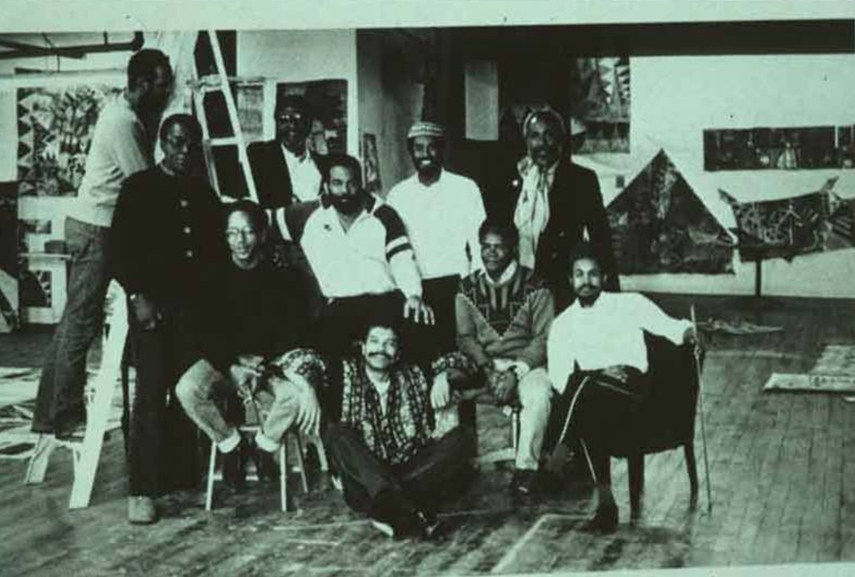
Defining the Black Arts - Theater Groups and Journals
Mainly, the key roles were played by Black theaters and journals that began operating independently, if not differently, from the organization established by the white guild. Beside its initial purpose as a dwelling house for performance, dance, music and drama, the Black theater was used perpetually as a identify for lectures, talks, movie screenings, meetings and panel discussions. More than chiefly, it kept the spirit of a productive, activist cultural centre, equally opposed to other theatres (blackness or white), which were either vastly commercialized or restrictive, primarily focused on loftier art. Its primary goal was to expose, every bit Baraka had suggested in one of his essays from this menstruation.[2]
Black theatres were opening all across the U.s. - in New York, Chicago, Detroit, Los Angeles, San Francisco, etc. Some of the about famous ones include The New Lafayette Theatre and Barbara Ann Teer's National Black Theatre from New York and The Organization of Black American Culture (OBAC) that was situated in Chicago. OBAC attracted visual artist groups as well, whose work inspired landscape movements and reportedly influenced the inauguration of Afri Cobra - the African Commune of Bad, Revolutionary Artists.
However, all that was achieved in theatres wouldn't have been as influential had at that place not been the magazines and journals that popularized Black literature and made information technology known by the public. The most important magazine to publish Blackness literature was Negro Digest / Black World,a periodical that became famous for high-quality publication content, equally it included fiction, poetry, drama, criticism and theoretical articles as well.
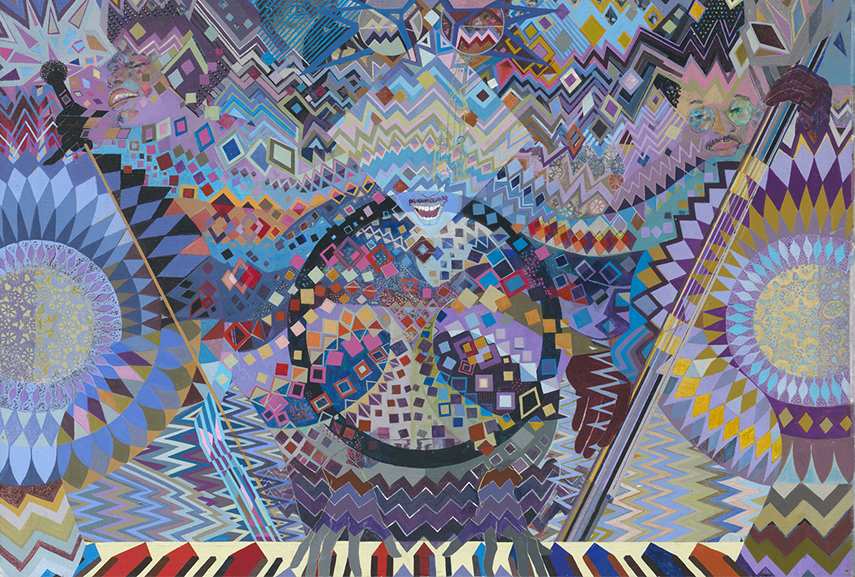
Notable Black Artists
The creators and activists who propagated Black Arts all set out to collaboratively plant something referred to every bit Black artful, a notion that was inscribed inside all artistic forms, recognizable in every art genre. Information technology was nowadays in the highly improvisational spontaneity of Jazz music, the melodic aspects of Black poetry, the interactive, expressive approach pursued by African American dancers and performers, etc.
Imamu Amiri Baraka

Widely perceived as the father of the Black Arts Movement, the eminent African American poet was one of the most pertinent figures of the 20th century poetry and drama. Although he was built-in Everett Leroy Jones, he invented a moniker LeRoi Jones and became connected to other writers of the Vanquish generation in the tardily 50'due south. Since he was already an established artist and play-writer at the time of the advent of the movement, many people observe his plough to Blackness nationalism as a breaking signal in the Black Arts history. His biggest contribution was the founding of the Black Arts Repertory Theatre / School (BARTS), a theatre that operated for a curt period of time, but its influence remained strong in the post-obit years. In 1968, he started signing his work under the name Amiri Baraka. Past the eye of the 1970'southward, Baraka became a Marxist, which was i of the primary reasons why the Blackness Arts Movement era ended.
Nikki Giovanni

Nikki Giovanni is of the most famous female poets related to the movement, along with Sonia Sanchez and Rosa Guy. The poet has written 30 books of poetry so far and some of the near famous amid them accept brought her bang-up recognition, after which she was given the Princess of Blackness Poetry title by the New York Times and the Woman of the Year by Ebony magazine in 1970. Apart from her appointment in writing and poetry, she became known equally one of the most devoted advocates of the Hip Hop subculture, which she sees equally "a modern day civil rights movement". She has been part of the Virginia Tech kinesthesia didactics staff since 1987, where she is a University Distinguished Professor today.
Jeff Donaldson

Jeff Donaldson is widely considered the most prolific visual authors related to the movement. It is considered that his work, specifically his contribution to the famous Wall of Respect landscape, inspired the Outdoor Landscape move that operated later in many American cities. Donaldson was tightly connected with OBAC and Afri-Cobra (which, until some point, was known only as Cobra), listed as a co-founder of both. Donaldson was a propagator of the trans-African aesthetics, which the artist himself described as characterized by "loftier energy colour, rhythmic linear effects, apartment patterning, form-filled composition and picture show aeroplane compartmentalization.". He was also an educator, a chairman at Howard university, who revolutionized the program and fabricated information technology what it is today.
Betye Saar

Greatly moved past the work of Joseph Cornell and raised in Los Angeles, Betye Saar came from a slightly different background than most of the customs members mentioned previously. However, every bit much as she was influenced by Cornell's boxes, equal was her want to larn identity through artistic expression and to tell stories about African-Americans. Her seminal work, The Liberation of Aunt Jemima from 1972, became known equally i of the near important Blackness Arts works. She was famous for her contribution to assemblage, merely she was no stranger to printmaking, as another grade of appropriation in fine art. Saar is a respected artist, acclaimed and praised even outside the confines of the United States.
Faith Ringgold

Although she was trained to become a sculptor and educated according to Western standards, Faith Ringgold eventually developed a style of her own that rarely includes classical approach to sculpture. Through her art, Ringgold refers to her African heritage and reflects on her African American identity. The artist became known for her narrative quilts, which she began creating in 1979, after seeing several 14th and 15th century Nepali paintings - thangkas, framed with fabric borders. Many critics agree that this was the central moment in her career, just likewise a game changer for the textile art genre. Her quilts oftentimes illustrated the stories related to life in Harlem, only also the sufferings of African American slaves, reimagined by the creative person. Faith made the quilts with the help from her mother, a famous designer.
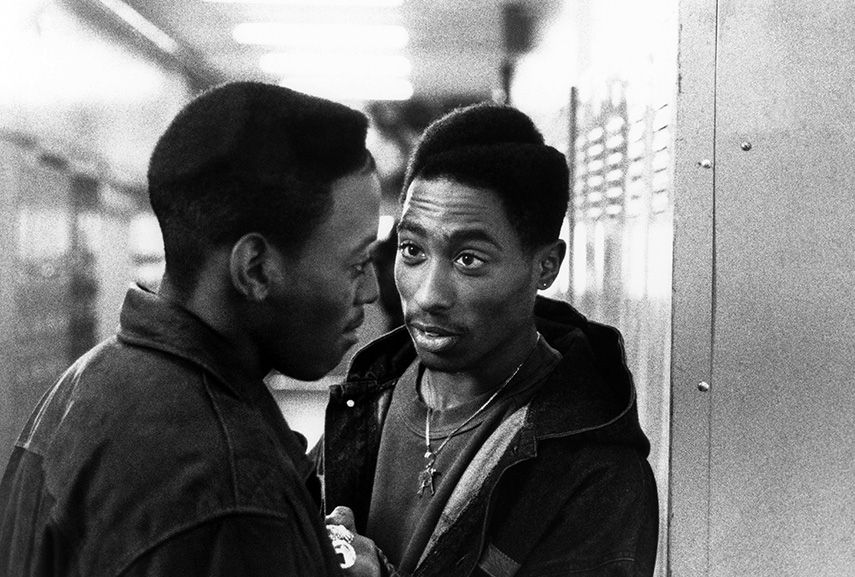
Significance and Legacy
Although the motility does non exist as such today - the members took separate ways, as their political views started diverging in 1974 - we might be able to recognize its spirit echoing in today's Rhythm and Dejection, Gospel, even Hip Hop and Rap music, which come up every bit valid incarnations of the "spoken word" tradition.
On the other hand, the matter of race and identity continues to be an engaging topic that concerns creatives of African descent (which is not to say that the topic does not bother people of other races). Nonetheless, the Black Arts Move was definitely one of the near successful liberating projects of the 20th century, inasmuch as it was not-fierce, inspiring and affirmative, and yet it truly did institute the Black aesthetic equally we know information technology today.
One of the most important aspects and goals of the Blackness Arts Movements was also the one that made it liable to accusations of being counter-racist (if misinterpreted). Most of the members were not that much interested in evaluating themselves as superimposed against the white race or the rest of America, only were rather concerned with structuring and determining the identity of their own race with regard to itself.
In other words, the African American people openly took pride in being black and worked to improve, or rather to define, a clear perception of themselves. This was, naturally, followed by a certain amount of exclusiveness, but it was necessary in order to fulfill the self-determination that the Blackness Power Concept aimed to achieve in social club to build a reality of its ain, independent from the Western system, according to which everything and everyone should exist assessed either as similar to or different from the Anglo civilisation: "Liberation is impossible if we neglect to come across ourselves in more positive terms. For without a change of vision, we are slaves to the oppressor's ideas and values --ideas and values that finally attack the very core of our being. Therefore, we must run into the world in terms of our ain realities.[iii] "

Editors' Tip: New Thoughts on the Black Arts Movement
This volume brings together a collection of seventeen essays that examine and explain the complexity of the Black Arts Movement. Information technology delves into the characteristics that ascertain the movement, relating information technology to other movements that flourished in the same era and analyzing the political context of the sixty's. They affect upon some of the movement's leading propagators, such as Amiri Baraka, Larry Neal, Gwendolyn Brooks, Sonia Sanchez, Betye Saar, Jeff Donaldson, and Haki Madhubuti.
References:
-
- Anonymous, African-American Culture, Wikipedia. [September 4th, 2016]
- Jones, L., Baraka, A., 1965, The Revolutionary Theatre, National Humanities Center [September 4th, 2016]
- Neal, L., 1969, Black Art and Blackness Liberation, University of Virginia [September fourth, 2016]
Featured images in slider: Barbara Jones Hogu - Unite; Martin Luther King, promoting non-violence at a protestation; Stokely Carmichael, speaking at the University of California's Greek Theater, 1966. All images used for illustrative purposes only.
Source: https://www.widewalls.ch/magazine/black-arts-movement-art
0 Response to "What Were Some of the Artistic Goals of African American Artists During the Black Arts Movement?"
Post a Comment